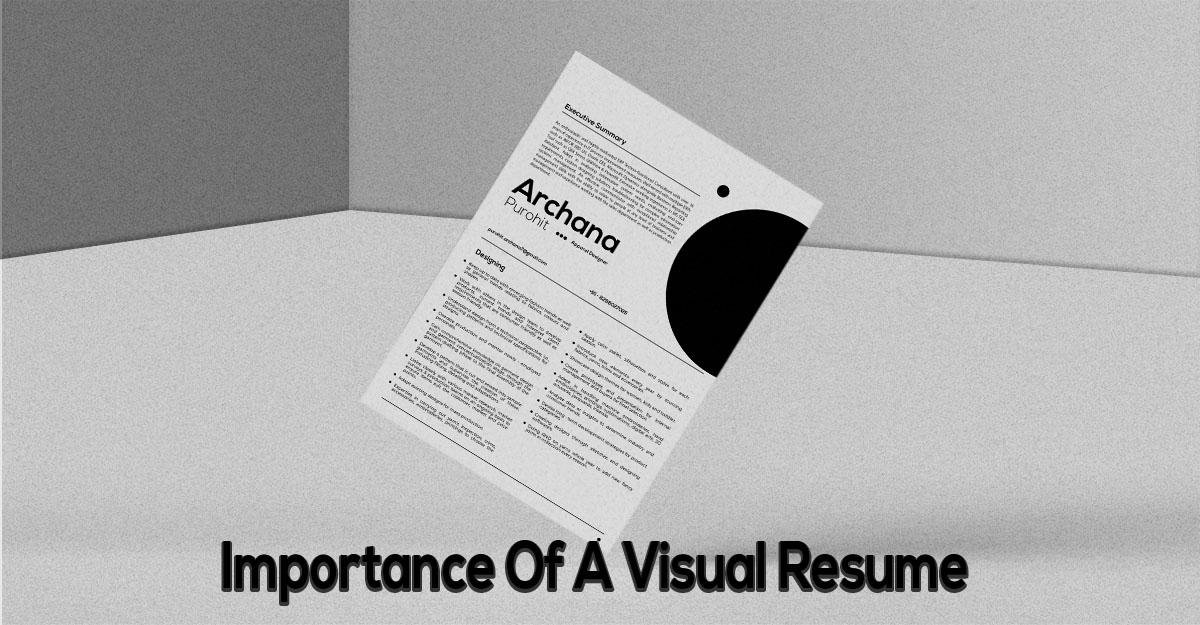Building a Professional Portfolio: Showcasing Your Best Work

In today's competitive job market, it's not just about having the right skills and qualifications; it's also about presenting yourself in the best possible light. One of the most powerful tools at your disposal for this purpose is a professional portfolio. Whether you're a graphic designer, writer, software developer, or any other kind of professional, a well-curated portfolio can make all the difference in landing your dream job or securing lucrative freelance gigs.
Understanding the Importance of a Professional Portfolio
Before we delve into the nitty-gritty of building a professional portfolio, let's first understand why it's so important. In a nutshell, your portfolio is a visual representation of your skills, accomplishments, and expertise. It allows potential employers or clients to get a glimpse of what you're capable of and why you're the right person for the job.
In today's digital age, where first impressions often happen online, a well-designed portfolio can help you stand out from the crowd. It showcases not only your technical abilities but also your creativity, attention to detail, and professionalism.
Choosing the Right Platform
The first step in building your professional portfolio is choosing the right platform to showcase your work. There are plenty of options available, ranging from dedicated portfolio websites to social media platforms like LinkedIn and Behance.
When selecting a platform, consider your industry and target audience. For example, if you're a graphic designer or photographer, platforms like Adobe Portfolio or Squarespace may be more suitable for showcasing visual work. On the other hand, if you're a software developer or data analyst, you might prefer platforms like GitHub or Tableau Public to showcase your coding projects or data visualizations.
Curating Your Best Work
Once you've chosen a platform, it's time to curate your best work. Remember, quality is always better than quantity. Instead of overwhelming your audience with dozens of projects, focus on showcasing a select few that demonstrate your skills and expertise in the best possible light.
When selecting which projects to include, consider the following:
- Relevance: Choose projects that are relevant to the job or industry you're targeting. If you're applying for a marketing role, for example, include campaigns you've worked on or marketing materials you've created.
- Diversity: Showcasing a variety of projects can demonstrate your versatility and range as a professional. Include projects that highlight different skills, techniques, and styles.
- Impact: Highlight projects that had a significant impact or achieved notable results. Whether it's increasing sales, improving user experience, or solving a complex problem, quantify your achievements wherever possible.
Presenting Your Work Effectively
Once you've selected your best work, it's crucial to present it effectively. Pay attention to the layout, design, and organization of your portfolio to ensure a seamless and engaging user experience. Here are some tips to keep in mind:
-
Clean and Professional Design:
Your portfolio should have a clean and professional design that allows your work to take center stage. Avoid cluttered layouts, distracting backgrounds, or excessive use of colors. -
Clear Navigation:
Make it easy for visitors to navigate your portfolio and find what they're looking for. Use clear and intuitive navigation menus, categories, or tags to organize your projects. -
High-Quality Images and Descriptions:
Use high-quality images or screenshots to showcase your work, and accompany each project with a brief description that highlights your role, the project objectives, and any notable achievements. -
Contact Information:
Don't forget to include your contact information or a link to your resume so that potential employers or clients can easily get in touch with you.
Updating and Maintaining Your Portfolio
Building a professional portfolio is not a one-time task; it's an ongoing process. As you gain new skills, complete new projects, or achieve new milestones in your career, make sure to update your portfolio accordingly. Regularly review your existing projects and remove any outdated or irrelevant ones to keep your portfolio fresh and up to date.
Conclusion
In conclusion, building a professional portfolio is an essential step in showcasing your best work and making a lasting impression on potential employers or clients. By choosing the right platform, curating your best work, presenting it effectively, and regularly updating your portfolio, you can create a powerful tool that sets you apart from the competition and helps you achieve your career goals.
Remember, your portfolio is not just a collection of projects; it's a reflection of who you are as a professional and what you're capable of achieving. So take the time to craft a portfolio that truly showcases your skills, talents, and accomplishments, and watch as it opens doors to exciting new opportunities.









